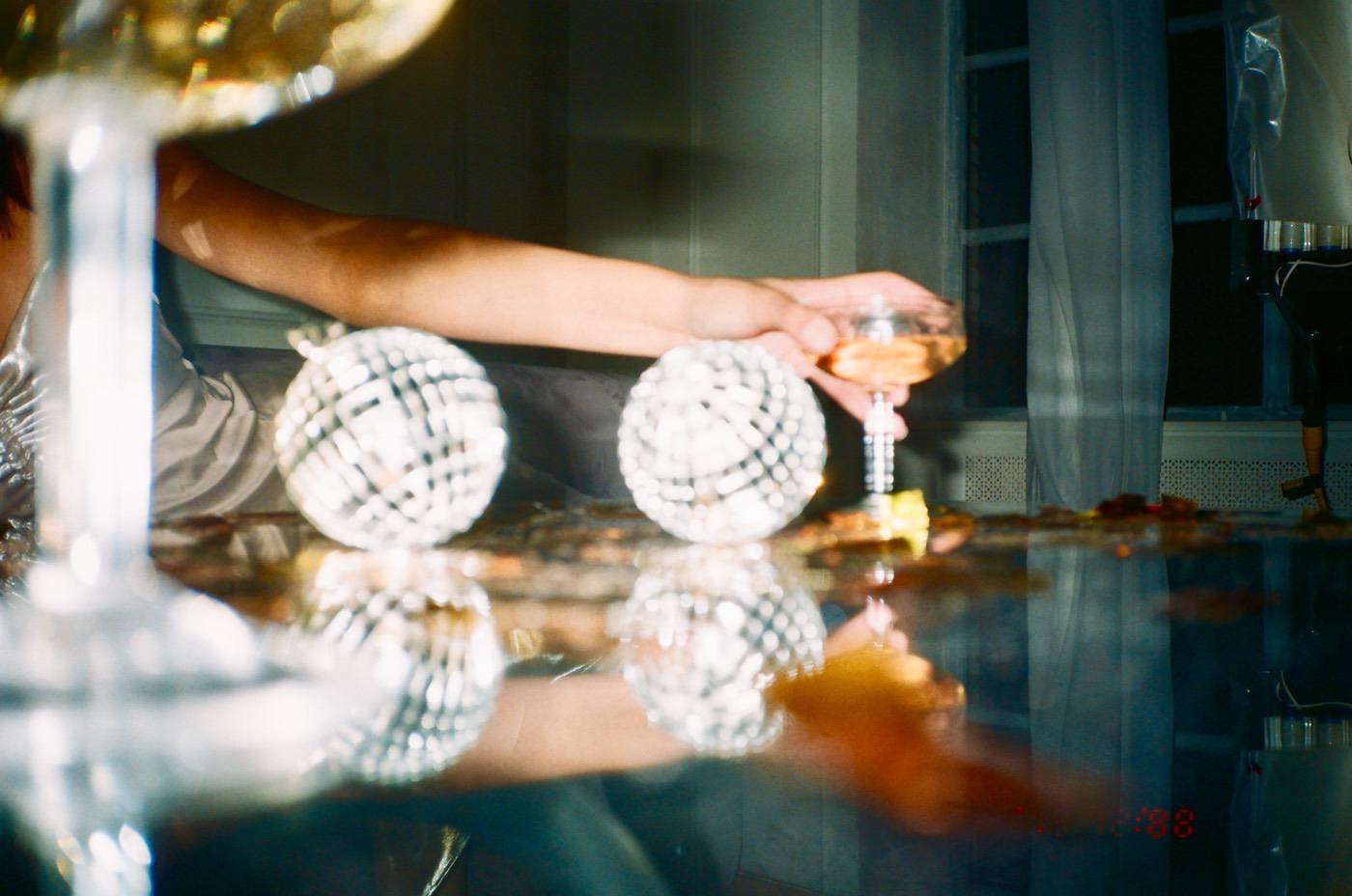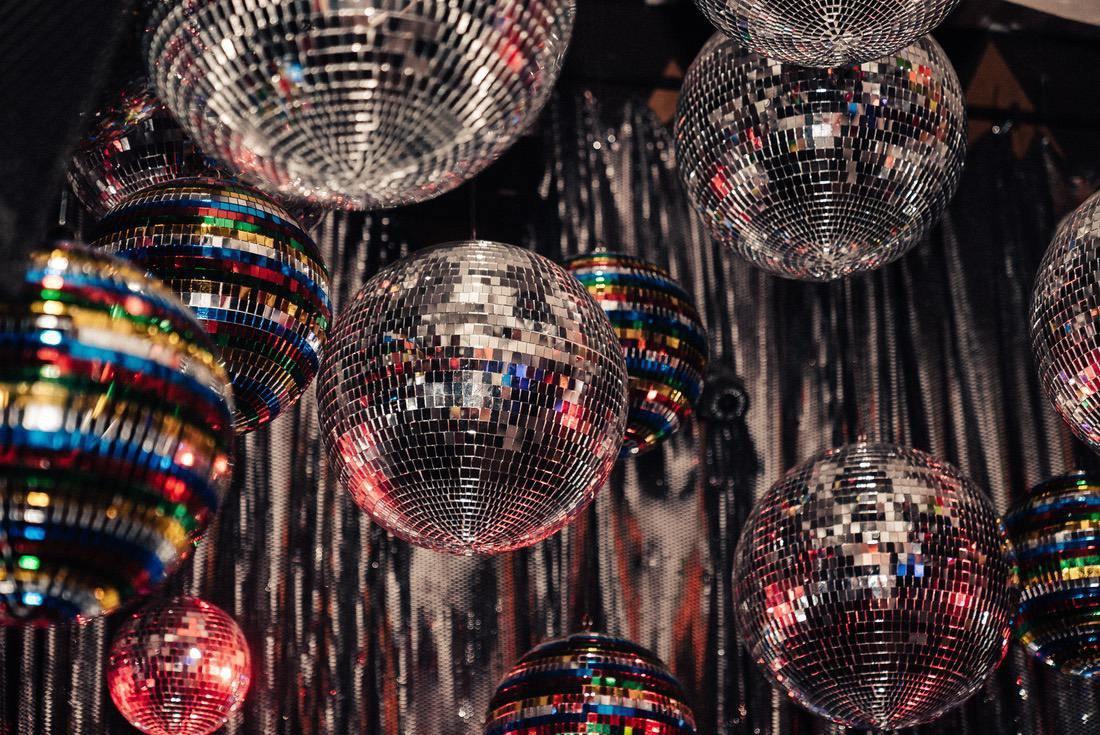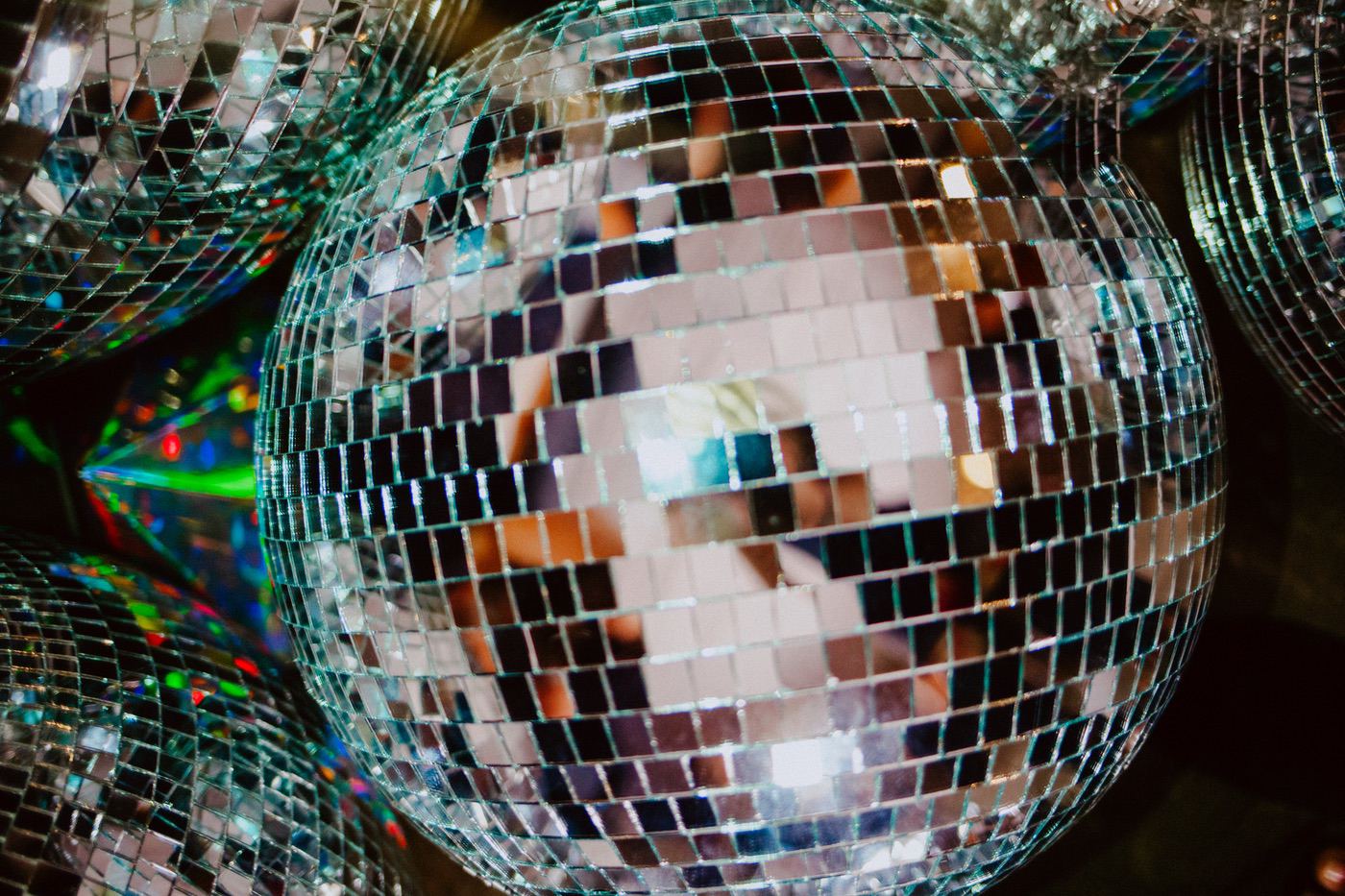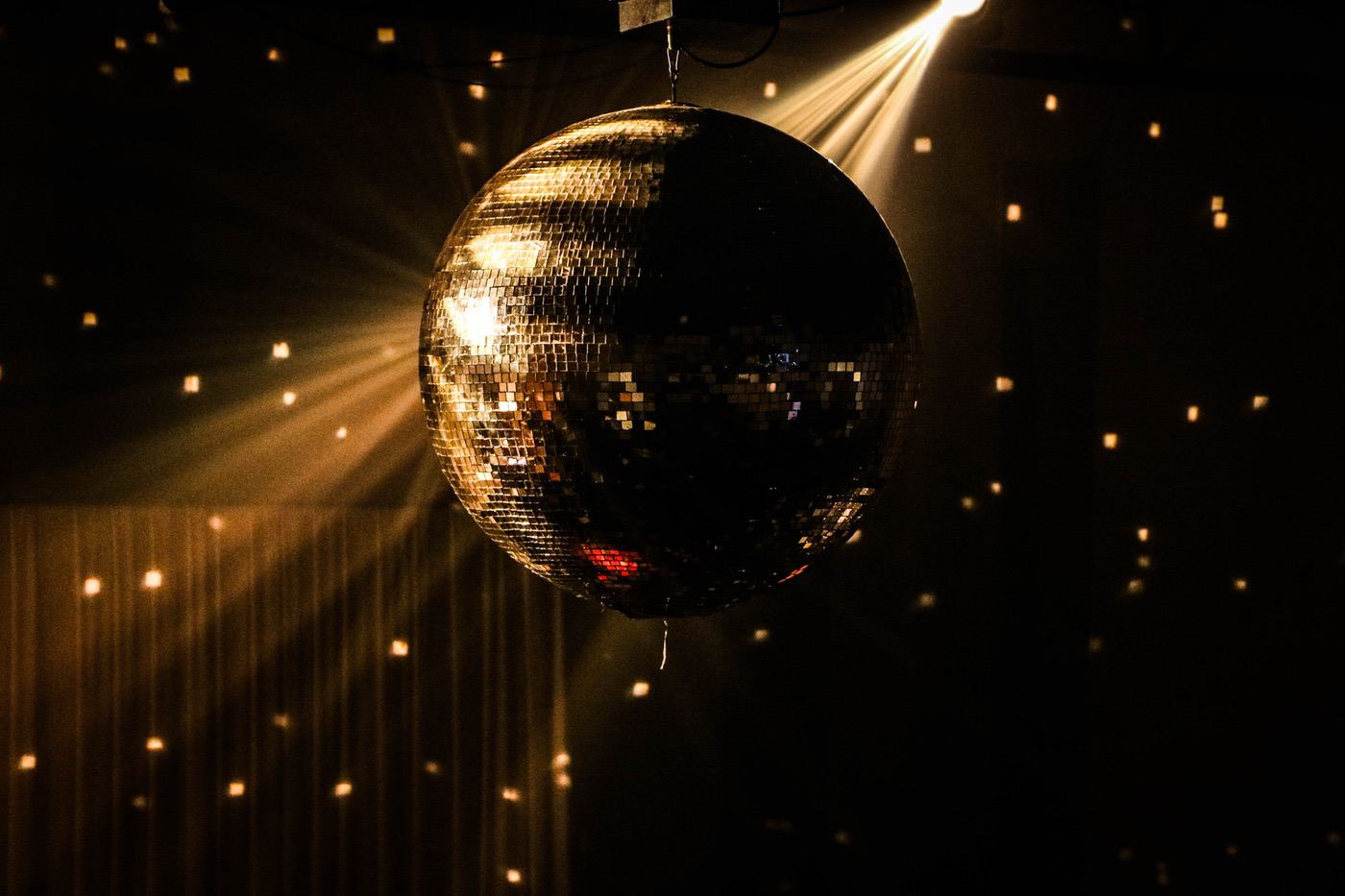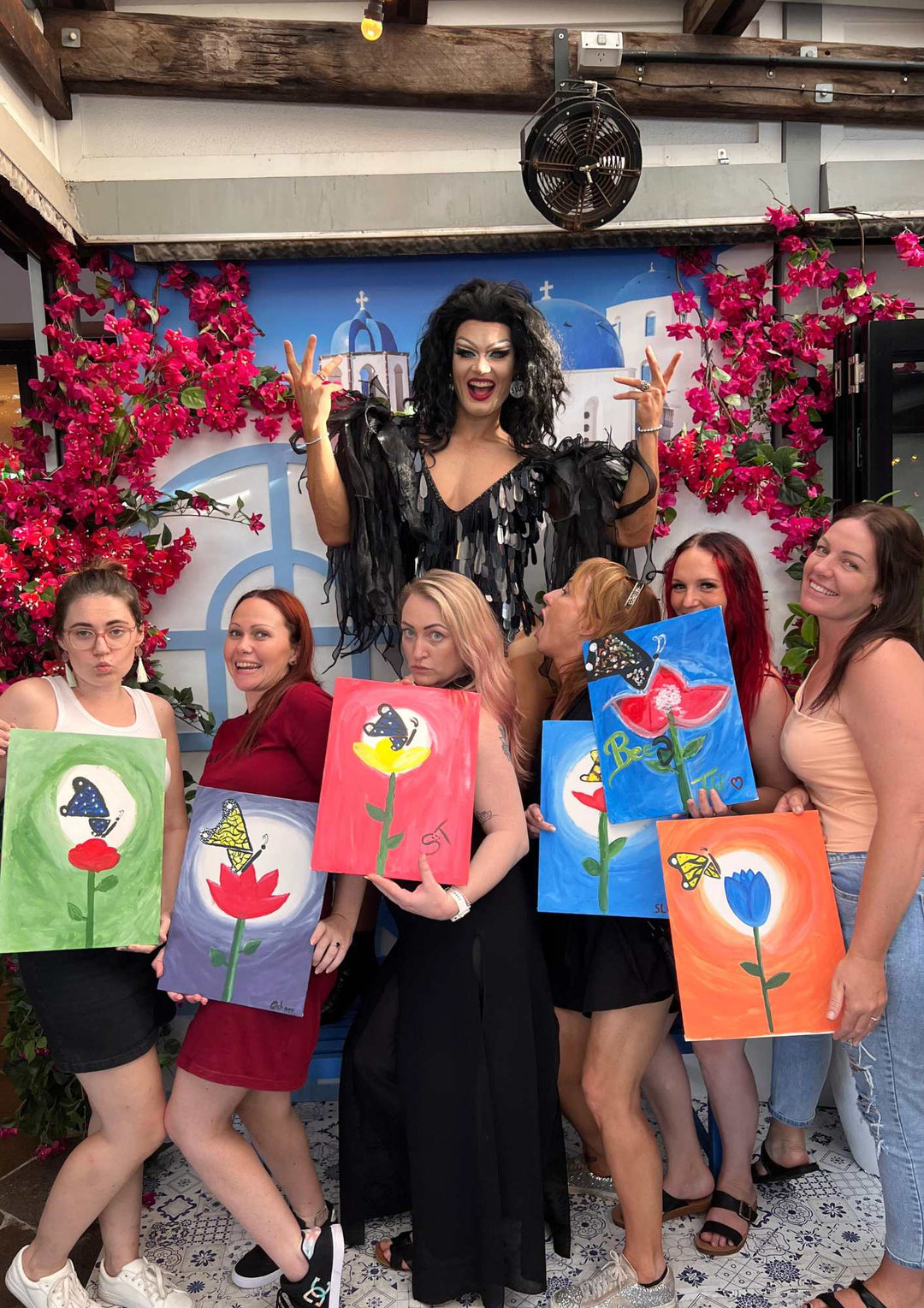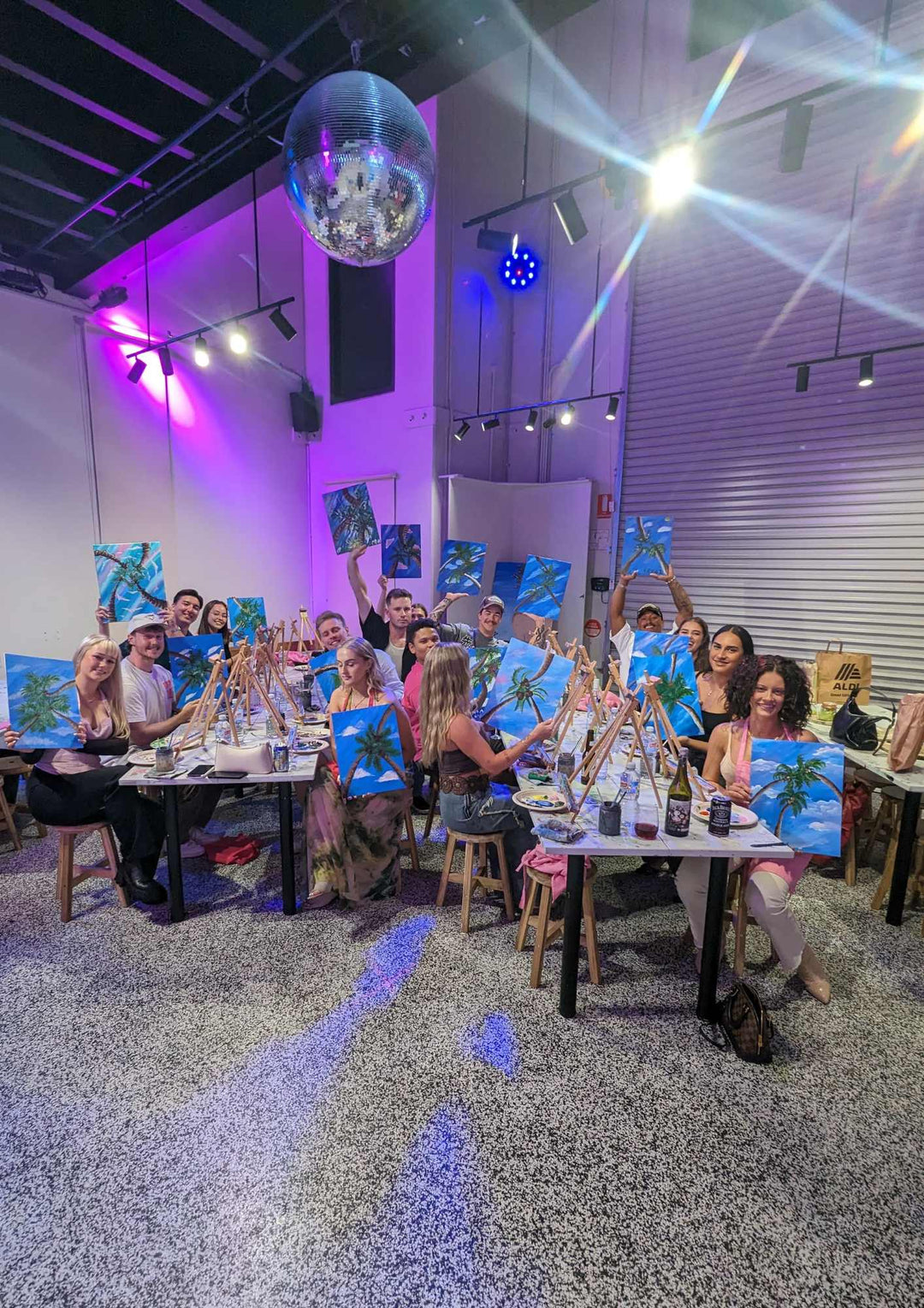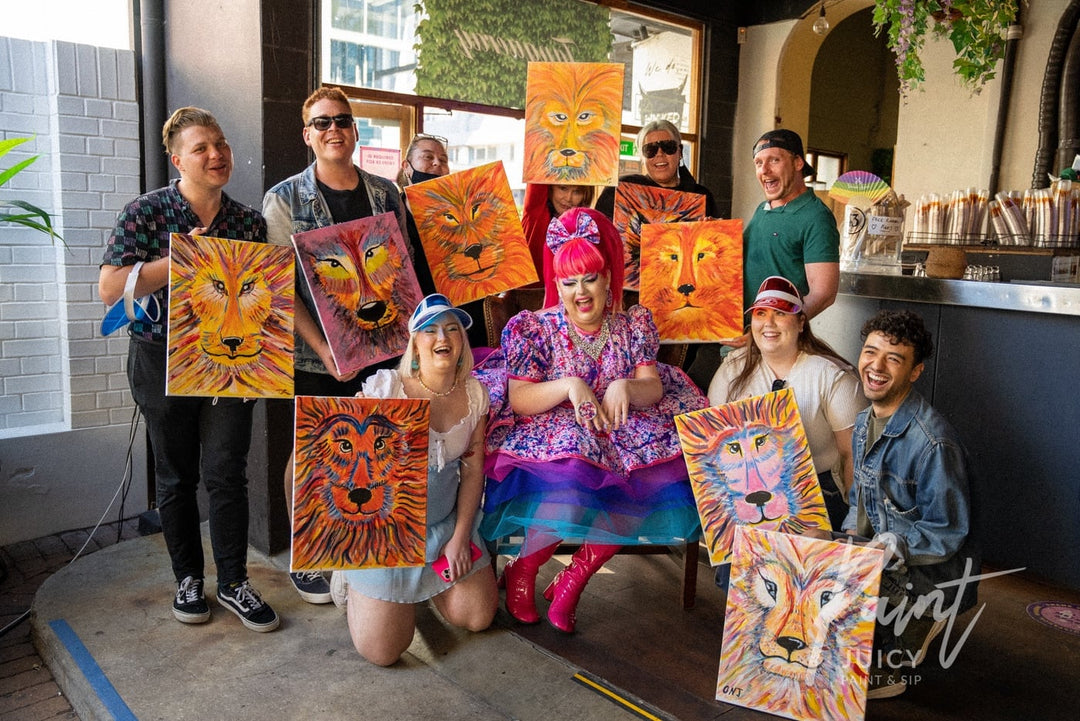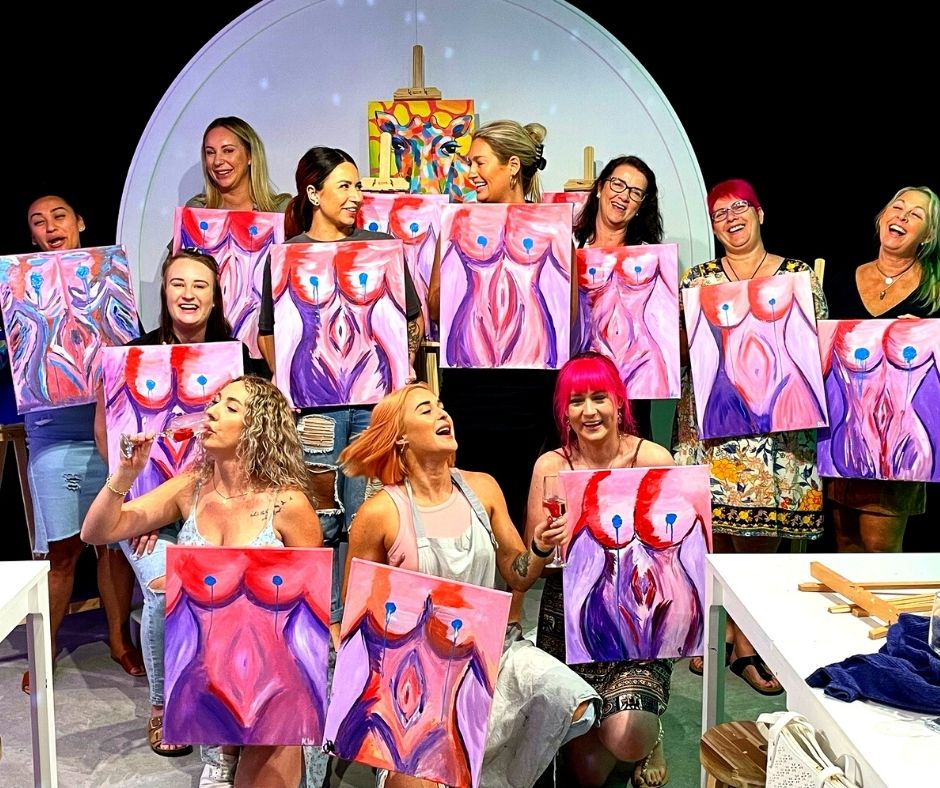Best Painting Techniques For Your Next Paint and Sip Party
If you are attending a Paint Juicy paint and sip class, you will always be in for a treat but don't forget, a paint and sip is also a fun and relaxing way to explore your creativity and learn new painting techniques. Whether you're a beginner or an experienced painter, there are always new techniques to try and explore in a paint and sip class. Here are some of the best painting techniques to try out at your next paint and sip class:
- Wet on wet: This technique involves applying wet paint onto a wet canvas, which allows the colours to blend and create soft, gradated effects. To try this technique, wet your canvas with water and then apply wet paint directly onto the surface using a large, flat brush. The paint will spread and blend with the water, creating soft and fluid effects.
- Dry brushing: This technique involves using a dry brush to apply paint onto the canvas, creating a rough and textured surface. To try this technique, load your brush with paint and then gently dab it onto the canvas, using a light touch to create a dry and textured effect. This technique is great for creating the appearance of fur, hair, or other textured surfaces in your paintings.
- Glazing: This technique involves applying thin layers of transparent paint over a base layer of colour, creating a rich and luminous effect. To try this technique, start by painting your base layer with a solid colour, using a thin and even coat of paint. Once the base layer is dry, mix some transparent glaze (such as linseed oil or turpentine) with a small amount of paint and apply it over the base layer, using a soft and gentle brush stroke. The glaze will blend with the base layer, creating a rich and luminous effect.
- Stippling: This technique involves using a series of small, dot-like brush strokes to create the appearance of texture and shading in your paintings. To try this technique, load your brush with paint and then gently dab it onto the canvas, using a light touch to create a series of small dots. This technique is great for creating the appearance of texture and depth in your paintings, such as the texture of rocks, leaves, or other natural elements.
- Negative painting: This technique involves painting the negative space around an object, rather than the object itself, to create the illusion of form and depth. To try this technique, start by painting the background of your composition using a solid colour or a series of graduated colours. Once the background is dry, use a thin and delicate brush to paint the negative space around the objects in your composition, using a light touch to create the illusion of form and depth.
There are many different painting techniques that you can explore and try out in a paint and sip class. Whether you're a beginner or an experienced painter, there is always something new to learn and discover in the world of art and painting. By trying out these techniques and using your creativity, you can create beautiful and unique paintings that express your artistic vision. Which ones are you going to try at your next Paint Juicy paint sesh? Check out our Painting Tutorials for Beginners!
